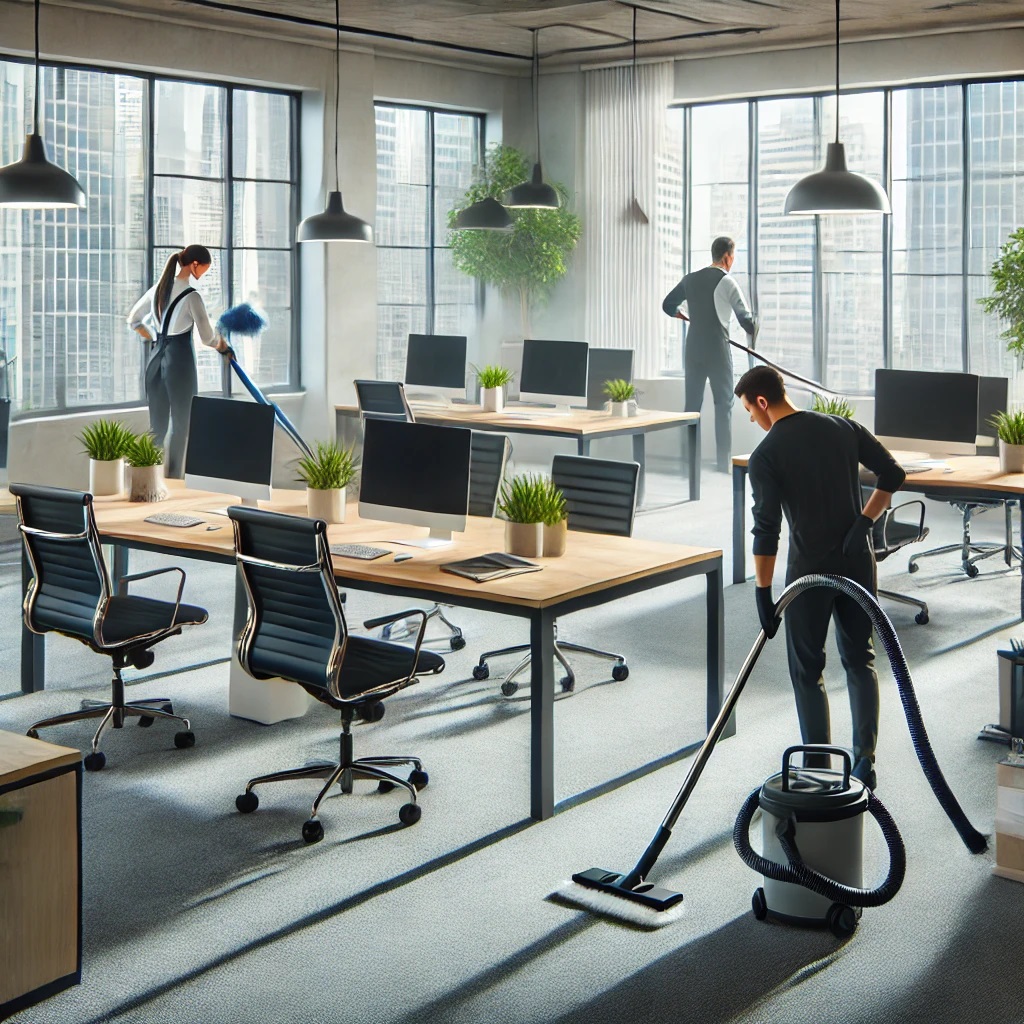
The cleaning industry has witnessed a significant transformation over the years. What started as a labor-intensive industry reliant on traditional methods has now evolved into a high-tech sector driven by innovation and technology. This evolution not only highlights the industry’s adaptation to modern demands but also its commitment to enhancing efficiency, safety, and environmental sustainability.
Traditional Cleaning Methods: The Foundation
Traditional cleaning services were predominantly manual and labor-intensive. These methods included mopping, sweeping, dusting, and scrubbing, all of which required considerable physical effort and time. Cleaning agents like soaps and detergents were used extensively, often without much regard for their environmental impact.
Despite their effectiveness, these methods had several drawbacks:
- Labor-Intensive: Traditional cleaning required significant manual effort, leading to higher labor costs and potential health issues for workers due to repetitive motion and exposure to chemicals.
- Time-Consuming: Manual cleaning processes were often time-consuming, making it difficult to clean large spaces efficiently.
- Environmental Concerns: The cleaning agents used were not always environmentally friendly, contributing to pollution and health hazards.
However, these traditional methods laid the groundwork for more sophisticated cleaning techniques and solutions.
The Rise of High-Tech Cleaning Solutions
With advancements in technology, the cleaning industry has seen the introduction of high-tech solutions that have revolutionized the way cleaning is done. These innovations have addressed many of the challenges posed by traditional methods, offering more efficient, safe, and eco-friendly alternatives.
1. Automation and Robotics
Robots have become a game-changer in the cleaning industry. Automated vacuum cleaners, robotic mops, and even drones are now being used to clean floors, windows, and other surfaces with minimal human intervention. These robots are equipped with sensors and AI, enabling them to navigate spaces, avoid obstacles, and clean efficiently. The benefits include:
- Increased Efficiency: Robots can clean large areas in less time, reducing the need for manual labor.
- Cost-Effective: Over time, the use of robots reduces labor costs and increases overall productivity.
- Safety: Robots can handle hazardous cleaning tasks, reducing the risk of injury to workers.
2. Green Cleaning Technology
The growing awareness of environmental sustainability has led to the development of green cleaning technologies. These involve using eco-friendly cleaning agents and methods that minimize environmental impact. Some key innovations include:
- Biodegradable Cleaning Agents: These are made from natural ingredients and break down easily, reducing pollution.
- Waterless Cleaning: This method uses minimal water, reducing waste and conserving resources.
- Electrolyzed Water Systems: These systems turn water and salt into an effective cleaning and disinfecting solution, eliminating the need for harmful chemicals.
3. Smart Cleaning Devices
The integration of smart technology into cleaning devices has made cleaning more manageable and efficient. Devices such as smart vacuums and mop systems can be controlled via smartphones or other devices, allowing for remote operation and monitoring. Features include:
- Customizable Cleaning Schedules: Users can set cleaning times and routines based on their needs.
- Real-Time Monitoring: Smart devices can provide real-time updates on cleaning progress and any issues that arise.
- Energy Efficiency: These devices are designed to optimize energy use, making them cost-effective and environmentally friendly.
4. Data-Driven Cleaning
Data analytics has entered the cleaning industry, providing insights that help improve cleaning efficiency and effectiveness. Through data collection and analysis, companies can:
- Optimize Cleaning Routes: Determine the most efficient cleaning paths for robots and human workers.
- Predictive Maintenance: Anticipate when cleaning equipment needs servicing, reducing downtime.
- Personalized Services: Offer customized cleaning solutions based on client preferences and needs.
The Future of Cleaning Services
As the cleaning industry continues to evolve, we can expect further advancements in technology and innovation. The future will likely see more integration of AI and IoT (Internet of Things) in cleaning solutions, making them even more efficient, effective, and environmentally friendly. Additionally, there will be a greater focus on sustainability, with more companies adopting green cleaning practices and technologies.
FAQs
Q: What are the main benefits of using high-tech cleaning solutions?
A: High-tech cleaning solutions offer increased efficiency, cost savings, improved safety, and a reduced environmental impact. They enable faster and more effective cleaning, often with less manual labor, and use eco-friendly materials that contribute to sustainability.
Q: How does green cleaning technology differ from traditional cleaning methods?
A: Green cleaning technology focuses on using environmentally friendly products and methods, such as biodegradable cleaning agents and waterless cleaning systems, which reduce environmental impact compared to traditional cleaning methods that often rely on harsh chemicals.
Q: Are robotic cleaners cost-effective for businesses?
A: Yes, robotic cleaners can be cost-effective in the long run. While the initial investment may be higher, these devices reduce labor costs, increase cleaning efficiency, and require less maintenance, leading to savings over time.
Q: What role does data analytics play in modern cleaning services?
A: Data analytics helps optimize cleaning processes by providing insights into cleaning routes, equipment maintenance needs, and customer preferences. This leads to more efficient operations and personalized services.
Q: Will traditional cleaning methods become obsolete?
A: While high-tech solutions are increasingly popular, traditional cleaning methods will still have a place, especially in smaller settings or where high-tech solutions may not be practical. However, they will likely be complemented by modern technology to enhance overall effectiveness.
